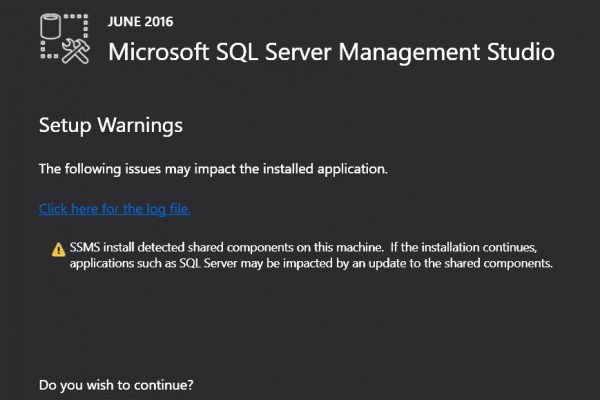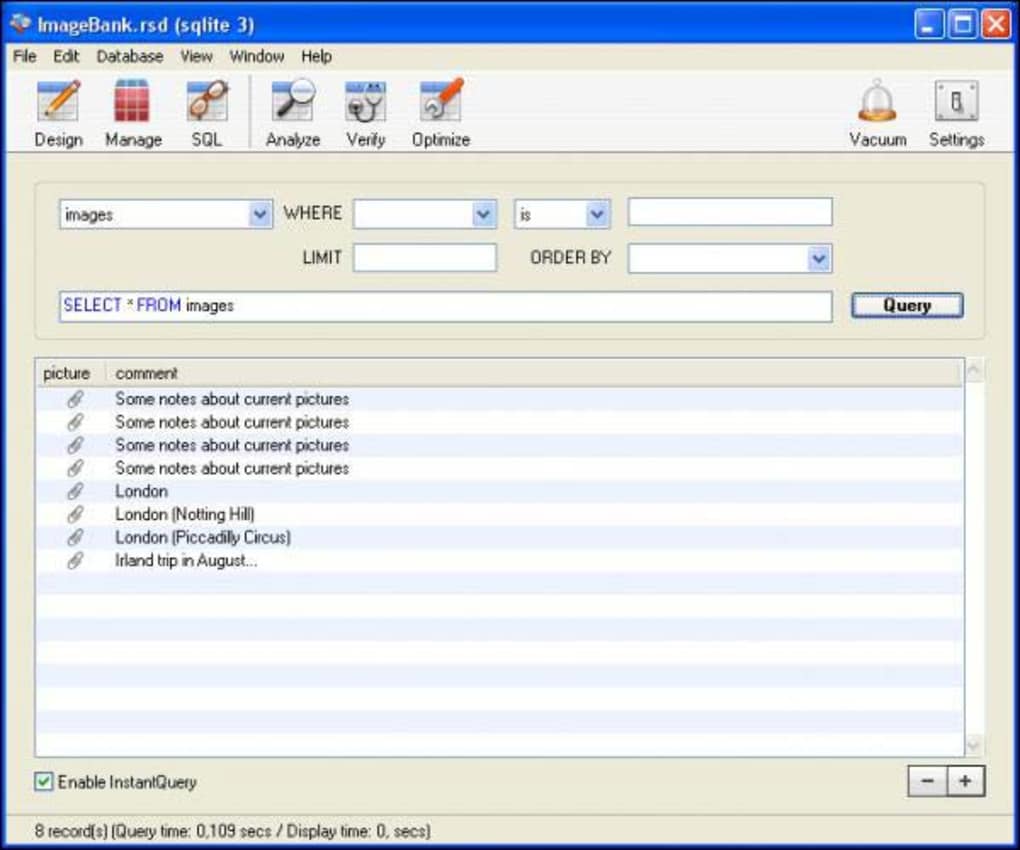

Warning: PHP Startup: Can't load module 'D:\Program Files\XAMPP\php\ext\sqlite3' as it's linked with 2.25, but the core is linked with 14.16 in Unknown on line 0 But also the following errors: PHP Warning: PHP Startup: Can't load module 'D:\Program Files\XAMPP\php\ext\sqlite3' as it's linked with 2.25, but the core is linked with 14.16 in Unknown on line 0 It just keeps saying could not find driver. After that, I just couldn't connect a database with Sqlite. Once you've found what has launched it, you may be able to find out where it came from.Some months ago, I started using sqlite through xampp. Anything (in this case) with a parent process of 257 is being launched from one of the LaunchAgents or LoginItems.īear in mind that the name of the launch daemon or startup item doesn't necessarily have 'mysql' in the title - it could have been run by a different program or login item (so simply searching for it by name might not find it).

So process 1 is launched by system startup, and anything with the parent process of 1 comes from the system daemons. If it comes from a process that isn't 1 but that is a launchd process then that's probably the LaunchAgents or is in your system login items.

If the parent id is 1 then it will have been launched by the root launch daemon, which probably means it's coming from one of the LaunchDaemons or StartupItems. The first column is your userid, the second is the process id, the third is the parent id. So this will show you: $ ps -axjc | grep mysql From the Terminal run a ps command to find out what the process is you can use -j or -l to list out the parent id ppid. Start off by finding out what the parent process is that started your mysql. Note: you may also have the MySQL Preference Pane installed at /Library/PreferencePanes/MySQL.prefpane or ~/Library/PreferencePanes/ preference pane can also be removed to 'cleanup' pieces of the old MySQL installation. To permanently disable the startup of the wrong mysqld process, it should be possible to first stop the daemon using the command above, and then to remove the MySQL startup item using the following command: sudo rm -rf /Library/StartupItems/MYSQLCOM You can terminate the currently running instance of mysqld by performing the command: sudo /Library/StartupItems/MYSQLCOM/MYSQLCOM stop It should be possible to disable the startup of MySQL by modifying the line in /etc/hostconfig that specifies MYSQLCOM=-YES- to say MYSQLCOM=-NO- (which should disable the startup process on the next boot). If so, the startup script will launch mysqld. At boot time, that startup item will examine the file at /etc/hostconfig to determine if the setting for the "MYSQLCOM" variable is set to "-YES-". The startup script that's launching the conflicting version of MySQL is most likely located at /Library/StartupItems/MYSQLCOM/MYSQLCOM.

In fact, even the current binary distribution (5.6.15) of mysqld uses StartupItems to start the server on OS X(?!) For some reason, the startup script that is distributed with MySQL uses the deprecated "Startup items" technology to start processes at boot. If the version of MySQL that was previously installed originated from the MySQL Community Downloads page on the SUN/Oracle site, it's likely that launchd is not involved with startup of the mysqld process.


 0 kommentar(er)
0 kommentar(er)
